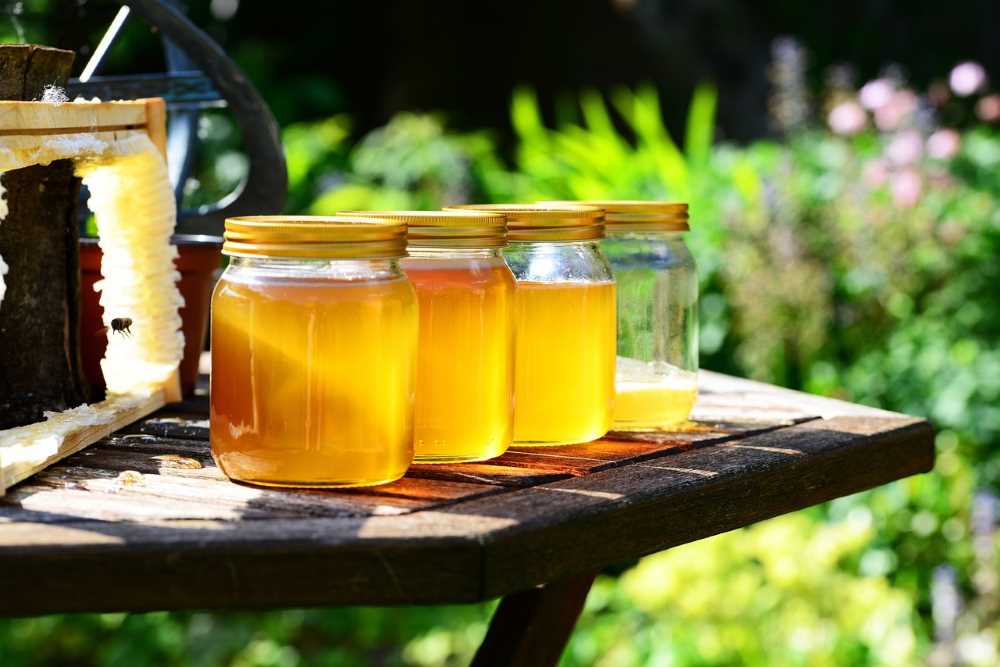Campeche's Honey Harvests Dwindle as Bees Demand Better Working Conditions!
Discover the bittersweet reality of honey production in Campeche, Mexico. Climate change and international competition threaten harvests. Explore the unique flavors, aromas, and challenges faced by beekeepers. Will the sweet golden nectar survive?

In the verdant Mayan forests and jungles of Campeche, Mexico, a hidden world thrives. This is the realm of industrious bees, tirelessly pollinating the vibrant flora and producing the liquid gold known as honey.
However, the once-abundant honey harvests of Campeche now face a bitter reality. The dual threats of climate change and relentless logging have left their mark on this cherished tradition. As beekeepers struggle to adapt, the future of honey production in this region hangs in the balance.
As one embarks on the path toward the apiaries, nature greets the senses. The crunching of leaf litter beneath one's feet sets the rhythm for the journey. The air hangs heavy with greenery and humidity, providing a sanctuary for those who venture into these mystical forests.




